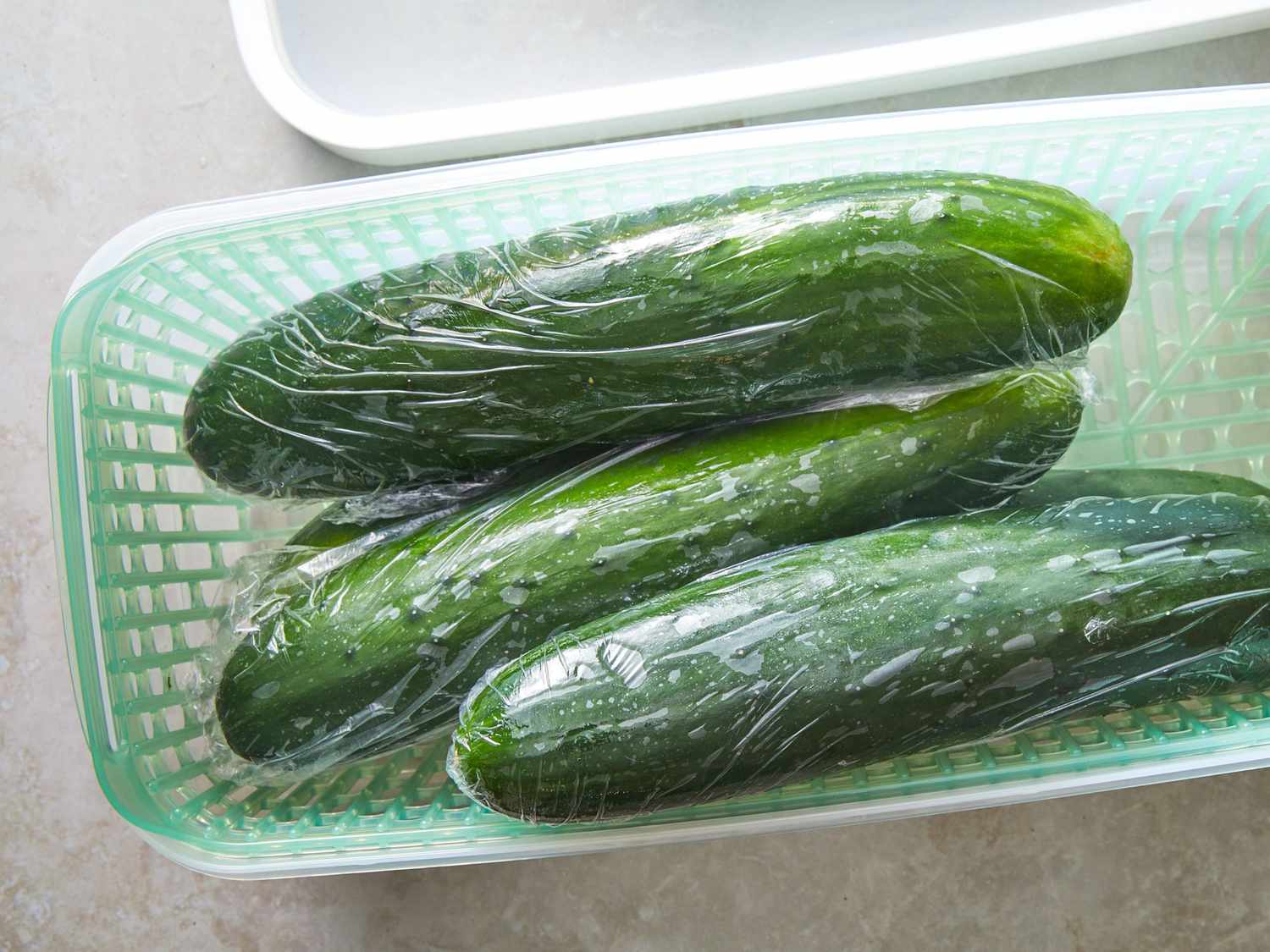

Articles
How To Store A Cucumber
Modified: February 23, 2024
Learn how to store a cucumber properly to keep it fresh and crisp for longer with these easy-to-follow articles.
(Many of the links in this article redirect to a specific reviewed product. Your purchase of these products through affiliate links helps to generate commission for Storables.com, at no extra cost. Learn more)
Introduction:
Welcome to the wonderful world of cucumbers! Whether you’re a fan of their crisp texture or their refreshing taste, cucumbers are a versatile and delicious vegetable. They can be used in a variety of dishes, from salads to sandwiches, and even pickles. To fully enjoy cucumbers, it’s essential to store them properly to maintain their freshness and flavor.
In this article, we will guide you through the process of storing cucumbers to ensure they stay firm, crunchy, and flavorful for as long as possible. We’ll cover everything from selecting the right cucumber to different storage techniques, like preserving cut cucumbers and even making pickles!
If you’re ready to become a cucumber storage expert, let’s dive right in!
Key Takeaways:
- Keep cucumbers fresh by choosing firm, vibrant green ones and storing them in the refrigerator. Utilize pickling and freezing methods to extend their shelf life and enjoy their crispness in various dishes.
- Enhance the flavor and longevity of cucumbers by making homemade pickles and following long-term storage tips. Select organic, locally grown cucumbers for optimal taste and environmental impact.
Read more: How To Store Cucumber
Step 1: Choosing the Right Cucumber
When it comes to storing cucumbers, the first step is to select the right ones at the grocery store or farmers market. Here are a few tips:
- Look for freshness: Choose cucumbers that are firm to the touch and have a vibrant green skin. Avoid ones that are soft or have wrinkled skin, as they are likely past their prime.
- Size matters: Depending on your preference, you can choose between smaller pickling cucumbers or larger slicing cucumbers. Pickling cucumbers are shorter and have bumpy skin, while slicing cucumbers are longer and have smoother skin.
- Organic vs. conventional: If possible, opt for organic cucumbers, as they are grown without the use of synthetic pesticides or fertilizers. This ensures that your cucumbers are free from harmful chemicals.
- Local and seasonal: Whenever possible, choose locally grown cucumbers that are in season. They are likely to be fresher, tastier, and have a lower carbon footprint.
By following these guidelines, you’ll be well on your way to selecting the perfect cucumbers for storage. Remember, freshness is key!
Step 2: Storing a Whole Cucumber
Once you’ve chosen the perfect cucumbers, it’s time to store them properly to maintain their freshness. Here’s how to store a whole cucumber:
- Keep it cool: Cucumbers are best stored in a cool environment, preferably in the refrigerator. Wrap the cucumber in a paper towel or place it in a perforated plastic bag to absorb excess moisture.
- Avoid contact with other fruits: Cucumbers are sensitive to ethylene gas, which is released by some fruits like apples and bananas. Keep cucumbers away from these fruits to prevent them from ripening too quickly.
- Use within a week: Whole cucumbers can usually last for about a week in the refrigerator. However, it’s best to consume them sooner rather than later to enjoy their optimal flavor and texture.
By following these simple steps, you can extend the shelf life of your whole cucumbers and ensure that they remain fresh and crunchy.
Now that you know how to store a whole cucumber, let’s move on to the next step: preserving cut cucumbers!
Step 3: Preserving Cut Cucumbers
If you’ve sliced or cut a cucumber and have some leftover pieces, it’s important to store them properly to maintain their freshness and prevent them from becoming soggy. Here’s how to preserve cut cucumbers:
- Wrap in plastic wrap: Place the cut cucumber pieces in a container or wrap them tightly in plastic wrap. This will help to retain their moisture and prevent them from drying out.
- Store in the refrigerator: Put the wrapped cut cucumbers in the refrigerator. They should be consumed within a few days to ensure they retain their crispness.
- Consider pickling: If you have a large amount of cut cucumbers and want to extend their shelf life, consider pickling them. Pickling cucumbers involves preserving them in a brine made of vinegar, water, salt, and spices. This not only prolongs their storage but also adds a tangy flavor to the cucumbers.
By following these steps, you can make sure that your cut cucumbers stay fresh and ready to use for a longer period of time. Now, let’s move on to step 4: freezing cucumbers.
Store a cucumber in the refrigerator crisper drawer, wrapped in a paper towel to absorb excess moisture and placed in a plastic bag to maintain freshness. Avoid storing near ethylene-producing fruits to prevent premature ripening.
Step 4: Freezing Cucumbers
If you have an abundance of cucumbers and want to preserve them for a longer period of time, freezing can be a great option. Freezing cucumbers allows you to enjoy their crisp texture and refreshing taste even when they are out of season. Here’s how to freeze cucumbers:
- Prepare the cucumbers: Start by washing the cucumbers thoroughly and removing any dirt or debris. Peel the cucumbers if desired, or leave the skin intact.
- Slice or chop: Cut the cucumbers into slices or chop them into bite-sized pieces, depending on your preference.
- Blanching (optional): Some people choose to blanch the cucumbers before freezing. Blanching involves briefly boiling the cucumber slices in water, then immediately transferring them to an ice bath to stop the cooking process. Blanching can help preserve the quality of the cucumbers and maintain their crispness, but it is not necessary.
- Freeze: Place the sliced or chopped cucumbers in a single layer on a baking sheet lined with parchment paper. Place the baking sheet in the freezer and allow the cucumbers to freeze for a few hours until they are solid.
- Transfer to freezer bags: Once the cucumbers are frozen, transfer them to freezer bags or airtight containers, removing any excess air. Label the bags with the date to keep track of their freshness.
- Store in the freezer: Place the freezer bags or containers in the freezer and store them for up to 3 to 4 months.
When you’re ready to use the frozen cucumbers, thaw them in the refrigerator overnight or use them directly in recipes that require cooking, such as soups or stews. Keep in mind that frozen cucumbers may become slightly watery once thawed, so they are best used in cooked dishes rather than raw applications.
Now you know how to freeze cucumbers and extend their shelf life. Let’s move on to step 5: making pickles with cucumbers!
Read more: How To Store Peeled Cucumbers
Step 5: Making Pickles with Cucumbers
Cucumbers are a staple ingredient in pickles, and making homemade pickles is a great way to preserve cucumbers and enhance their flavor. Here’s how to make pickles using cucumbers:
- Select the right cucumbers: Choose pickling cucumbers, as they are smaller and have a bumpy skin, making them ideal for pickling.
- Wash and prepare: Wash the cucumbers thoroughly and remove any dirt. Trim the ends of the cucumbers and cut them into slices or leave them whole, depending on your preference.
- Make the pickling brine: In a saucepan, combine vinegar, water, salt, sugar, and pickling spices. Bring the mixture to a boil, stirring to dissolve the salt and sugar.
- Fill the jars: Pack the cucumber slices or whole cucumbers into clean, sterilized jars. Add optional ingredients like garlic, dill, or chili flakes for added flavor.
- Pour the brine: Carefully pour the hot pickling brine into the jars, making sure to cover the cucumbers completely. Leave about ½ inch of headspace at the top of the jar.
- Seal the jars: Place the lids on the jars and tighten them securely. Allow the jars to cool at room temperature before transferring them to the refrigerator.
- Let the pickles pickle: Store the jars in the refrigerator for at least a week to allow the flavors to develop. The longer they sit, the more flavorful they will become.
Homemade pickles can be enjoyed as a tasty snack, added to sandwiches, or paired with your favorite dishes. They make a delicious and tangy addition to your meals, and best of all, you can control the ingredients and customize the flavors to your liking!
Now that you know how to make pickles using cucumbers, let’s move on to step 6: tips for long-term storage.
Step 6: Tips for Long-Term Storage
While cucumbers are best enjoyed fresh, there are a few tips you can follow for long-term storage to extend their shelf life and maintain their quality:
- Preserve with vinegar: If you have excess cucumbers that you want to store for an extended period, consider pickling them with vinegar. Vinegar acts as a natural preservative and helps to retain the freshness of the cucumbers.
- Proper packaging: When storing cucumbers in the refrigerator, ensure proper packaging to prevent moisture loss and freezer burn. Wrap them in a paper towel or place them in a perforated bag to maintain their crispness.
- Check for spoilage: Regularly inspect your cucumbers for any signs of spoilage, such as mold or soft spots. Remove any affected cucumbers to prevent them from spoiling the rest of the batch.
- Rotate stock: When storing cucumbers, observe the “first in, first out” rule. Use up the older cucumbers before reaching for the fresh ones to prevent any waste.
- Utilize canning techniques: If you want to store cucumbers for an extended period without refrigeration, consider canning techniques like water bath canning or pressure canning. These methods create a sealed environment that preserves the cucumbers for months.
Following these tips will help you maximize the storage life of your cucumbers and allow you to enjoy their fresh taste and crunchiness for an extended period.
As a cucumber storage expert, you now have the knowledge to select, store, and preserve cucumbers with confidence. So go ahead, enjoy the versatility of this humble vegetable and savor its flavors in various dishes.
Remember, the key to storing cucumbers successfully is keeping them cool, protecting them from moisture, and using them within a reasonable timeframe. With these tips, you can make the most out of your cucumbers and enjoy their goodness whenever you desire!
Happy cucumber storage and preservation!
Conclusion:
Cucumbers are a versatile and delicious vegetable that can be enjoyed in a variety of ways, from fresh salads to homemade pickles. By following the steps and tips outlined in this article, you can ensure that your cucumbers stay fresh, crisp, and flavorful for as long as possible.
Choosing the right cucumbers, storing them properly, and even freezing or pickling them are all effective methods to extend their shelf life. Whether you’re storing a whole cucumber, preserving cut cucumbers, making pickles, or utilizing long-term storage techniques, these steps will help you get the most out of your cucumbers.
Remember to keep cucumbers cool, protect them from moisture, and utilize proper packaging techniques, such as wrapping them in paper towels or using perforated bags. Additionally, considering organic and locally grown cucumbers when available can enhance their taste and reduce environmental impact.
Storage techniques, such as freezing cucumbers or making pickles, offer you the opportunity to enjoy cucumbers even when they are out of season. Freezing cucumbers allows you to relish their crisp texture in cooked dishes, while homemade pickles add a tangy and flavorful twist to your meals.
By following these steps and tips, you can become a cucumber storage expert and ensure that you always have fresh cucumbers on hand. So go ahead, stock up on cucumbers, and start experimenting with different storage and preservation methods to make the most out of this versatile vegetable.
Enjoy the refreshing taste and endless possibilities of cucumbers, and remember to savor every delicious bite!
Frequently Asked Questions about How To Store A Cucumber
Was this page helpful?
At Storables.com, we guarantee accurate and reliable information. Our content, validated by Expert Board Contributors, is crafted following stringent Editorial Policies. We're committed to providing you with well-researched, expert-backed insights for all your informational needs.
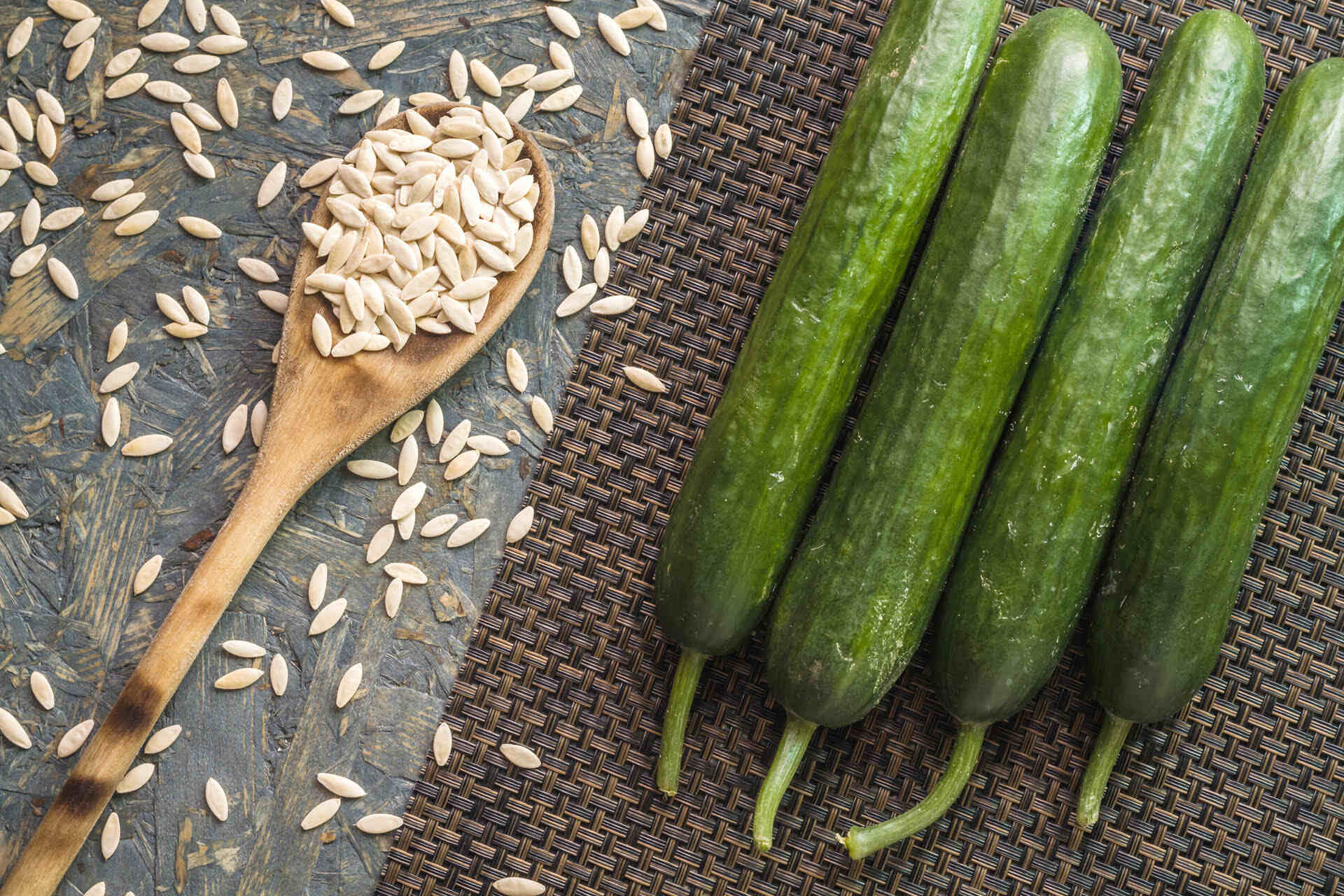
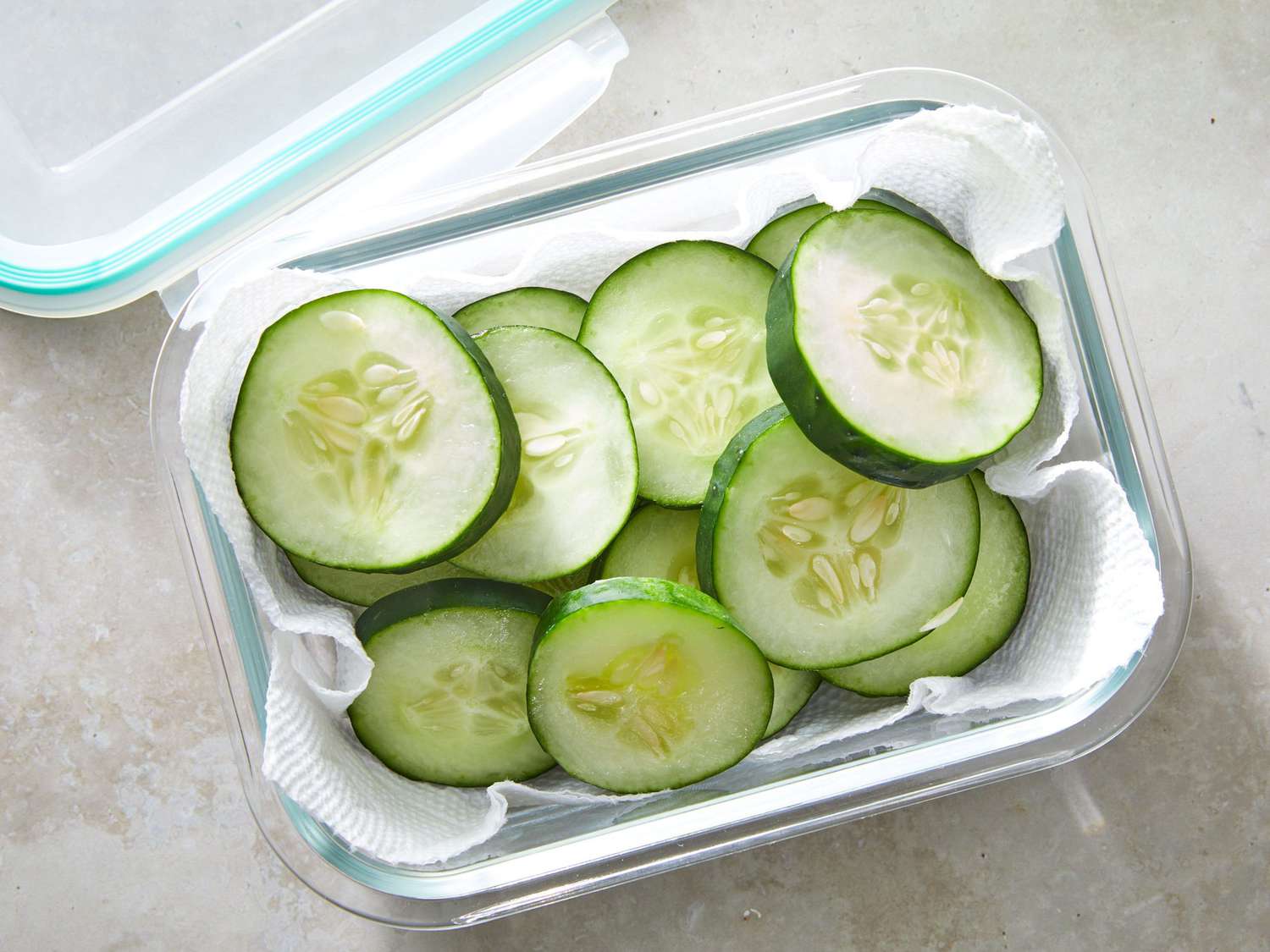
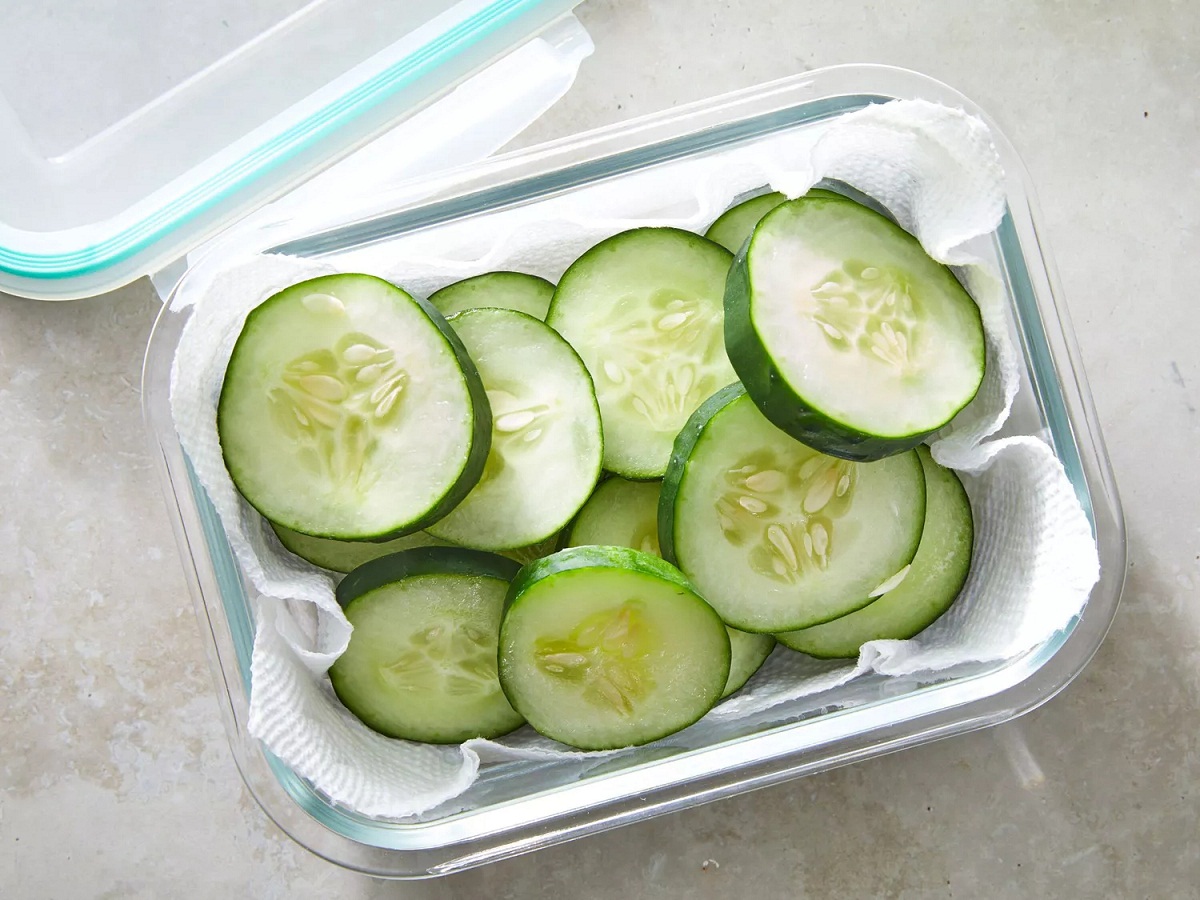
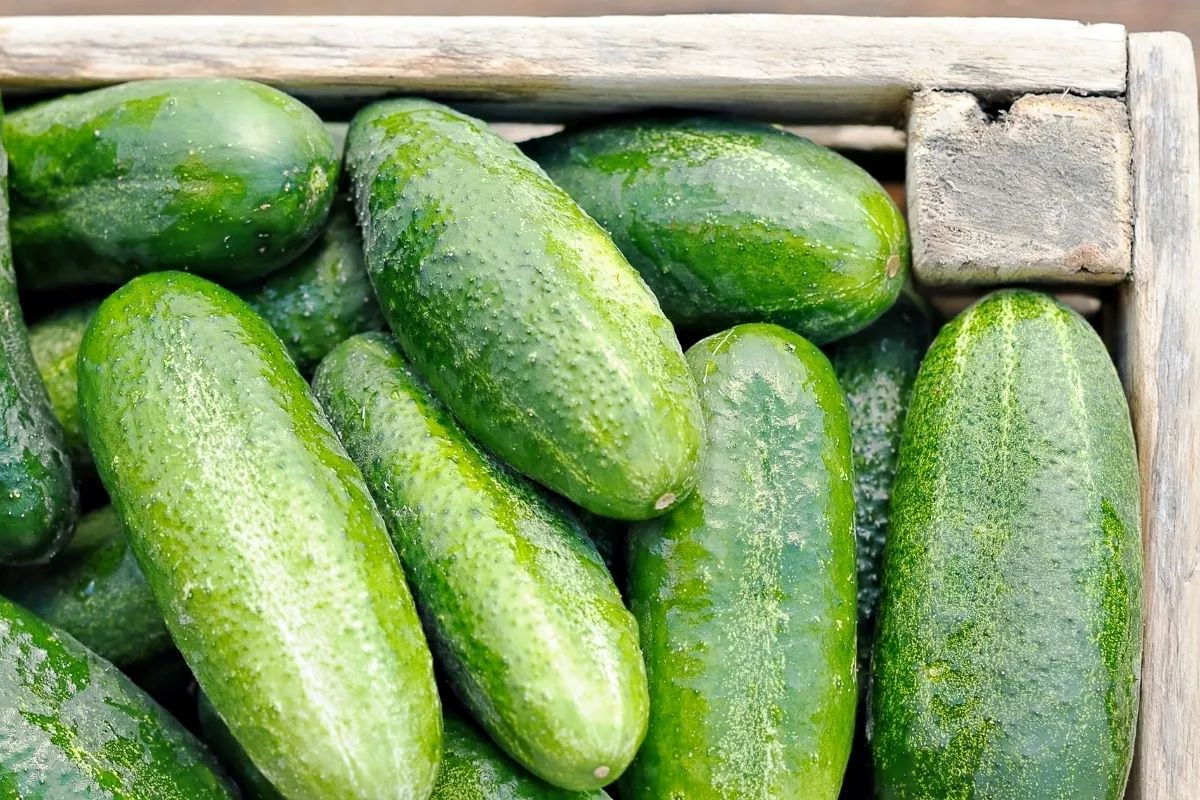
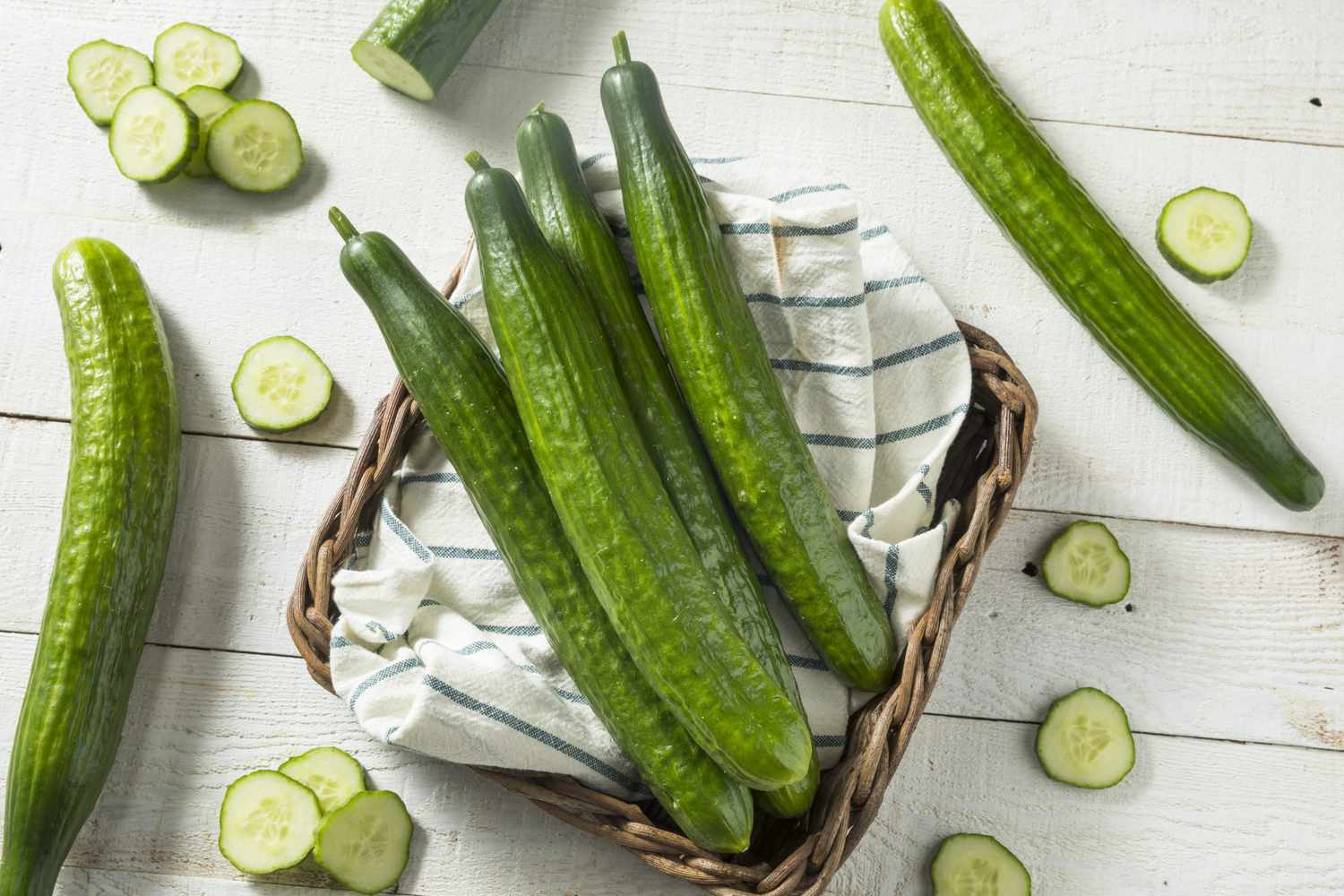

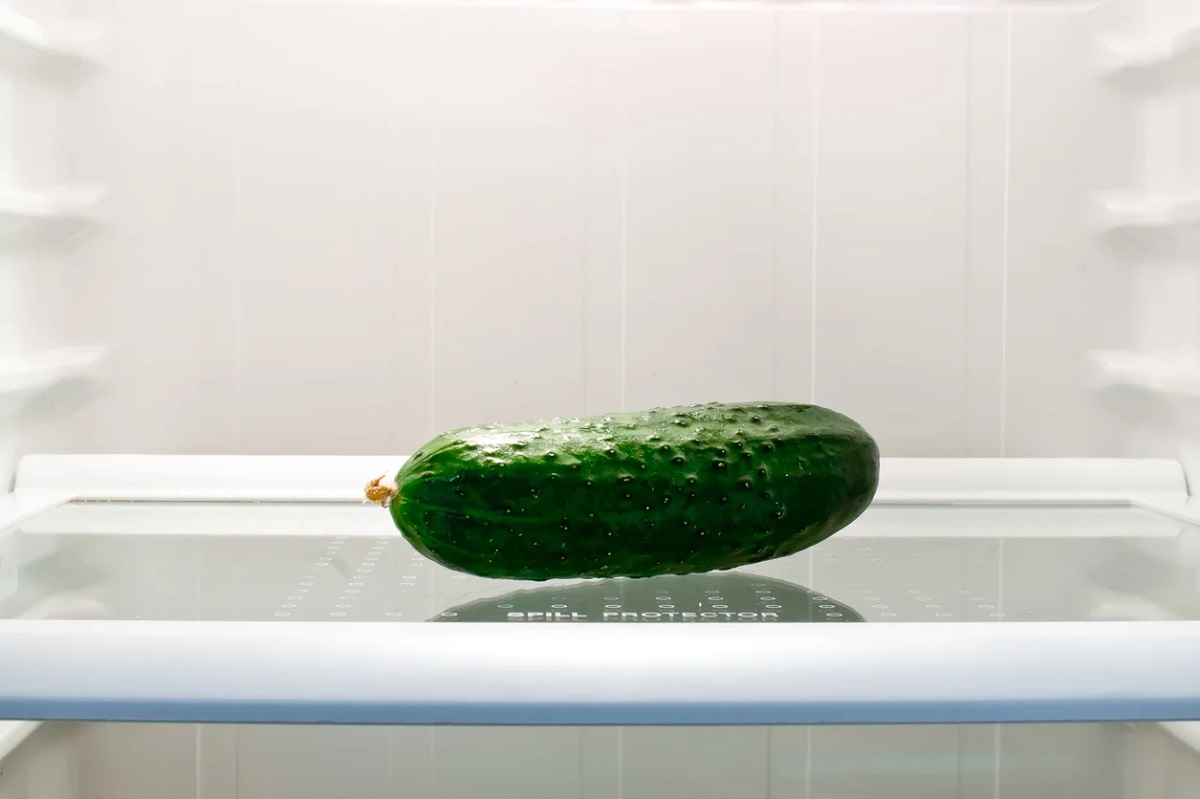
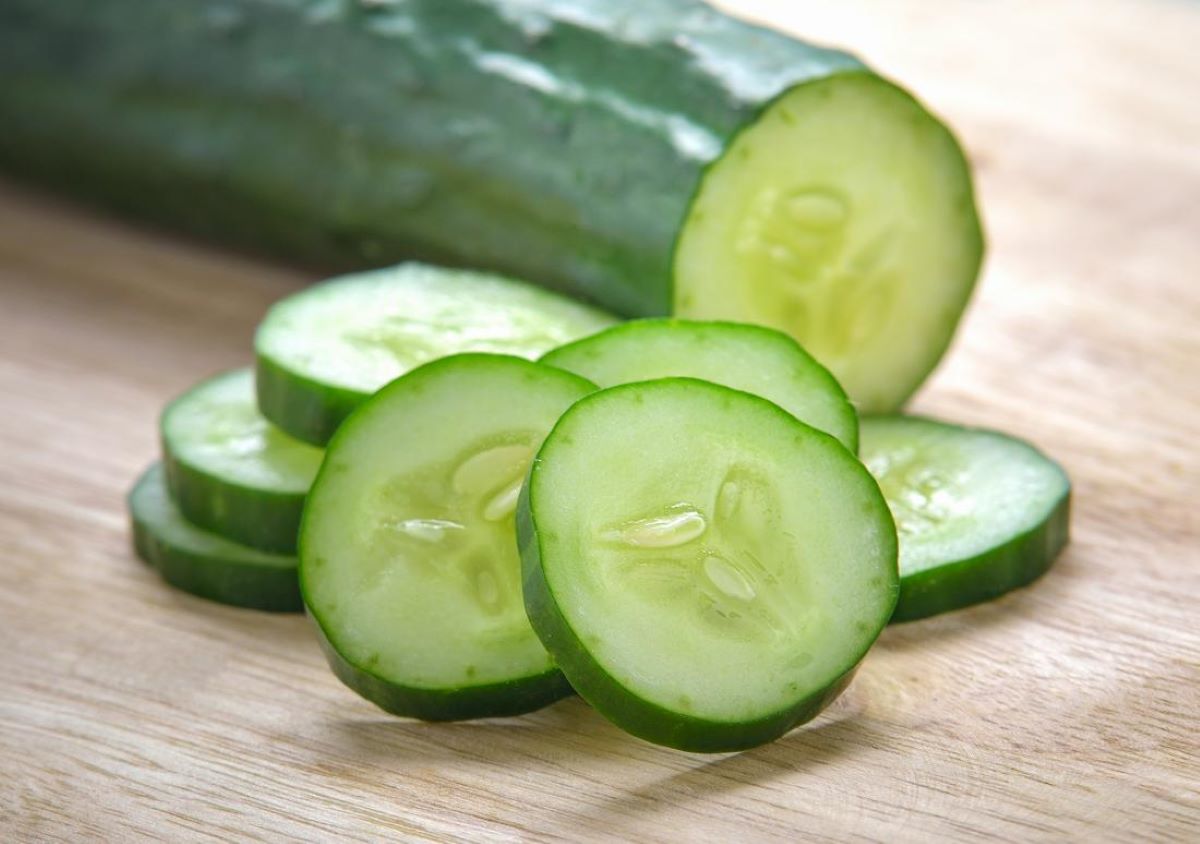
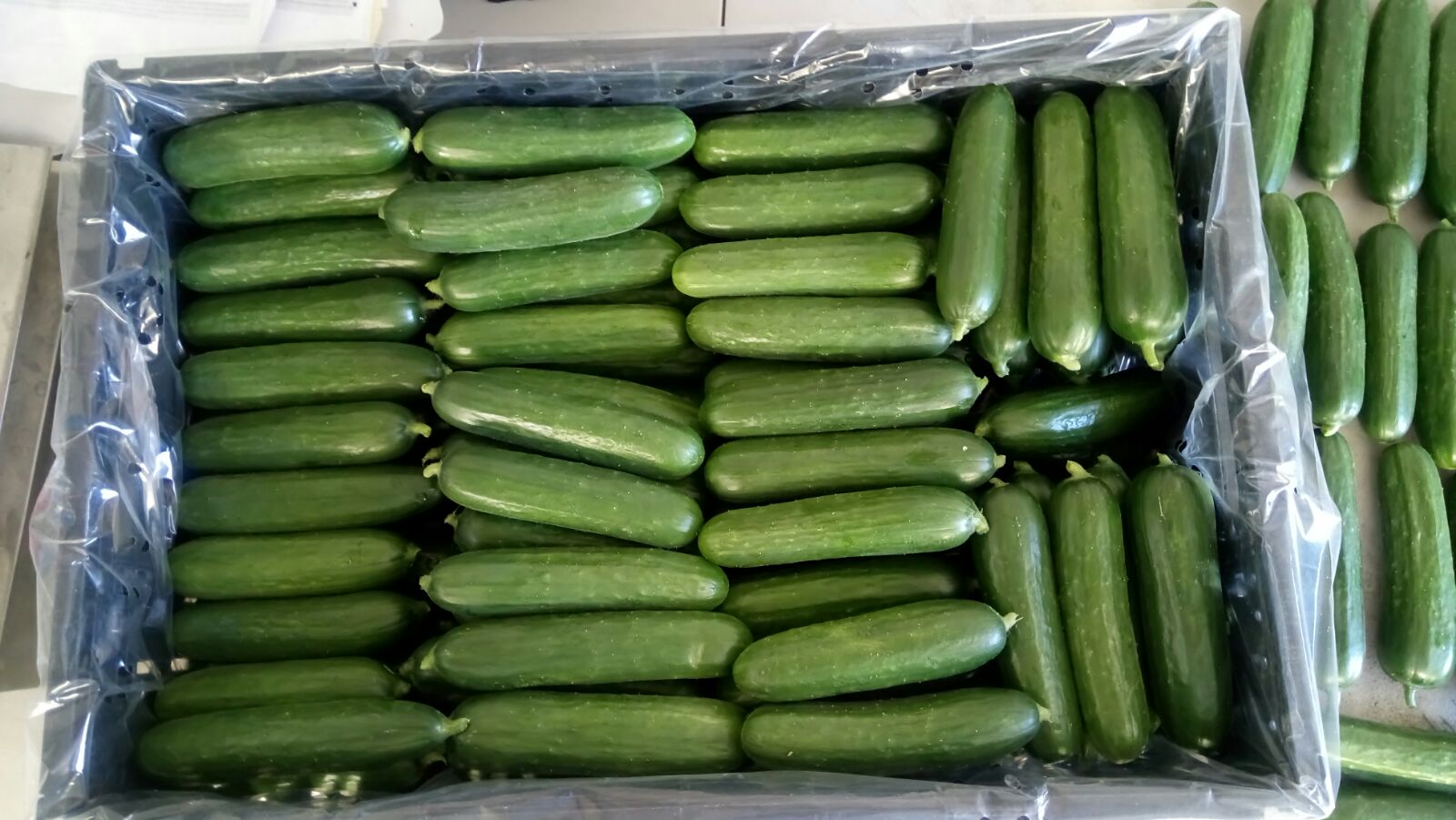
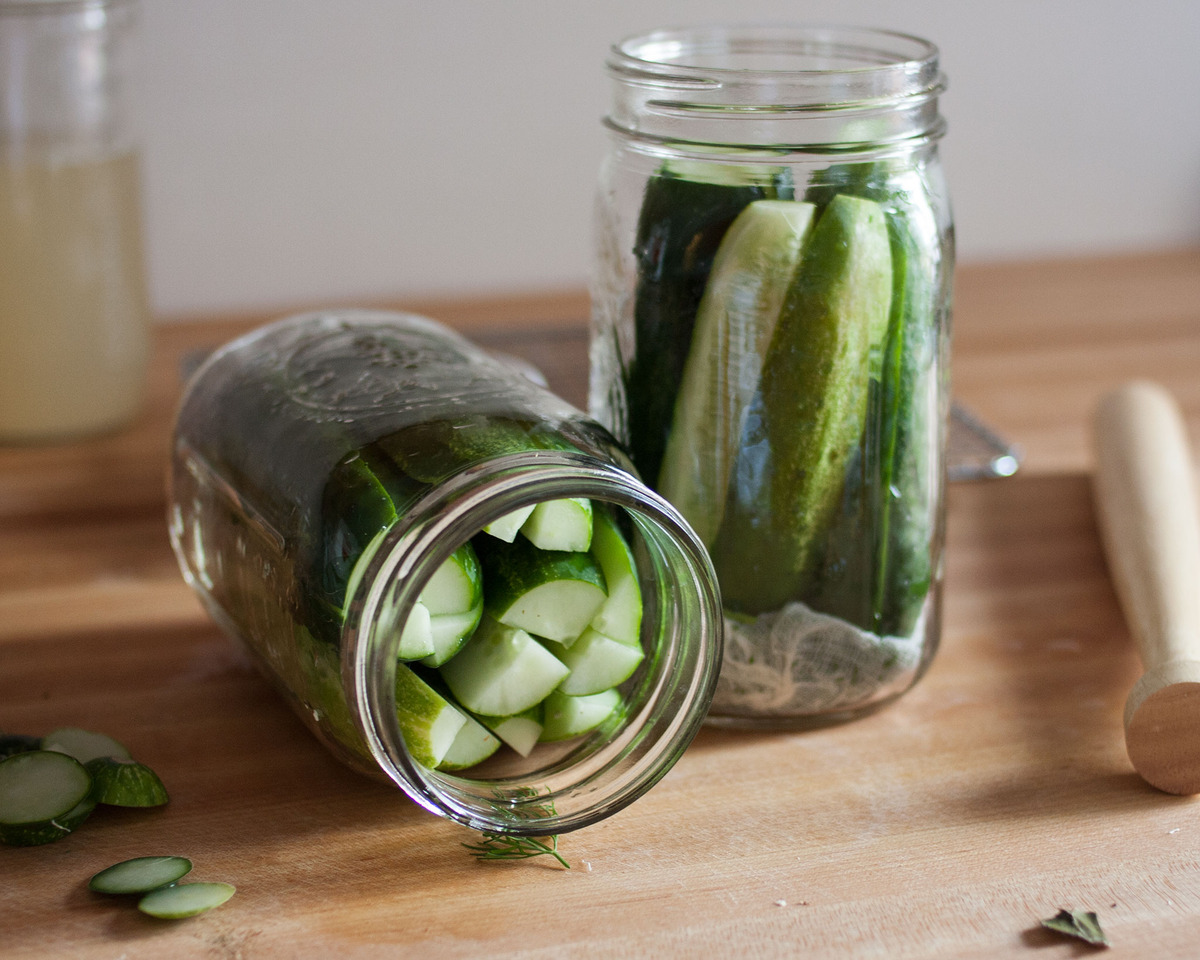
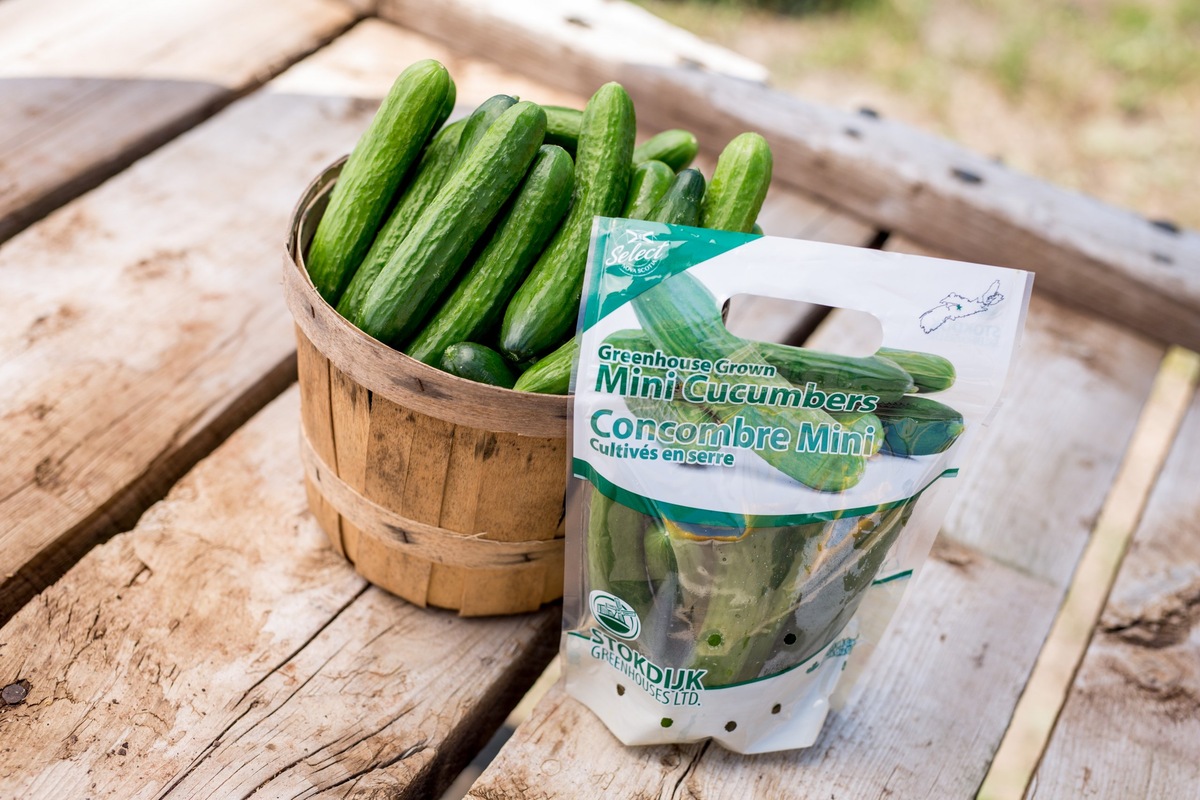
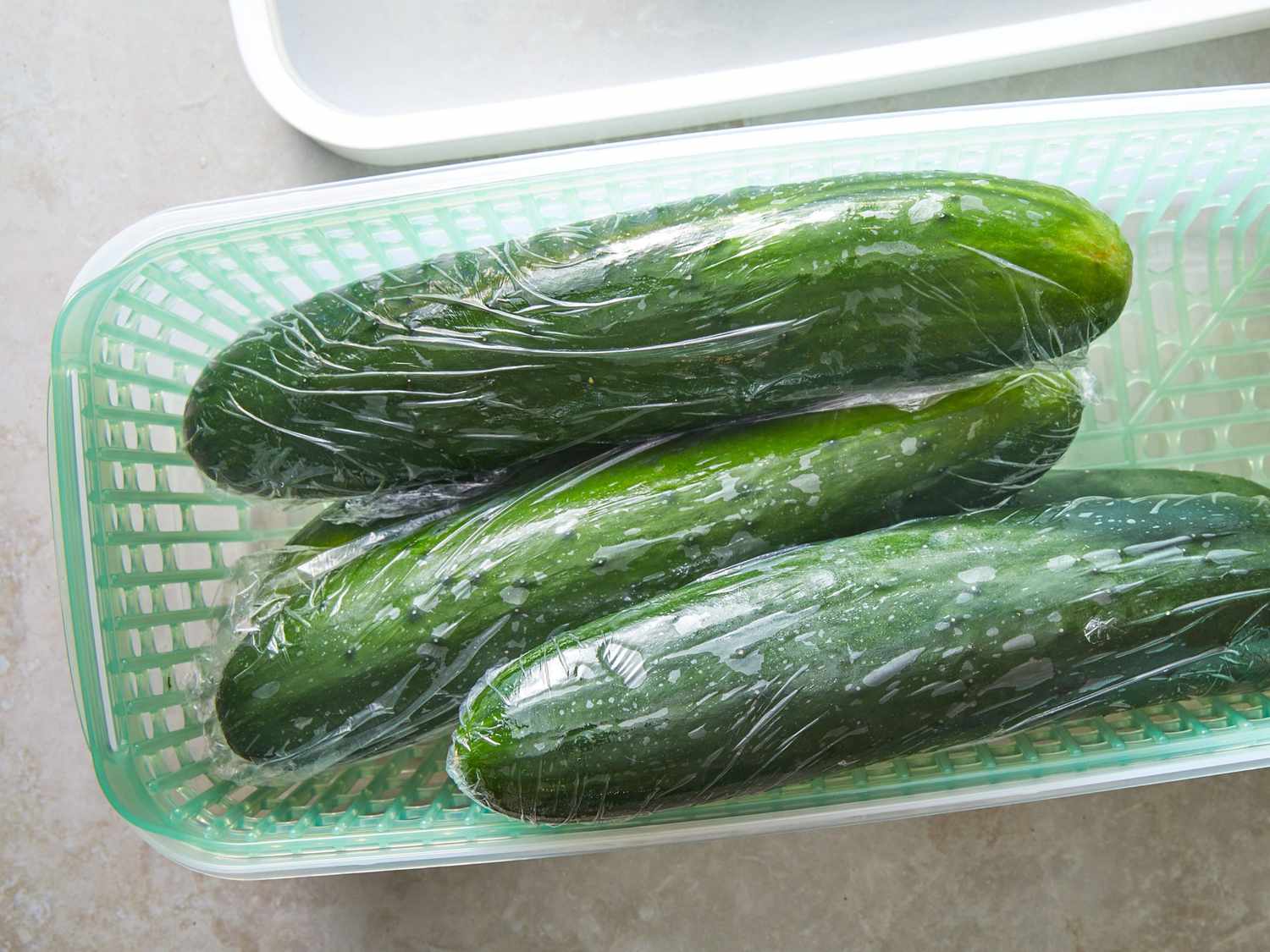
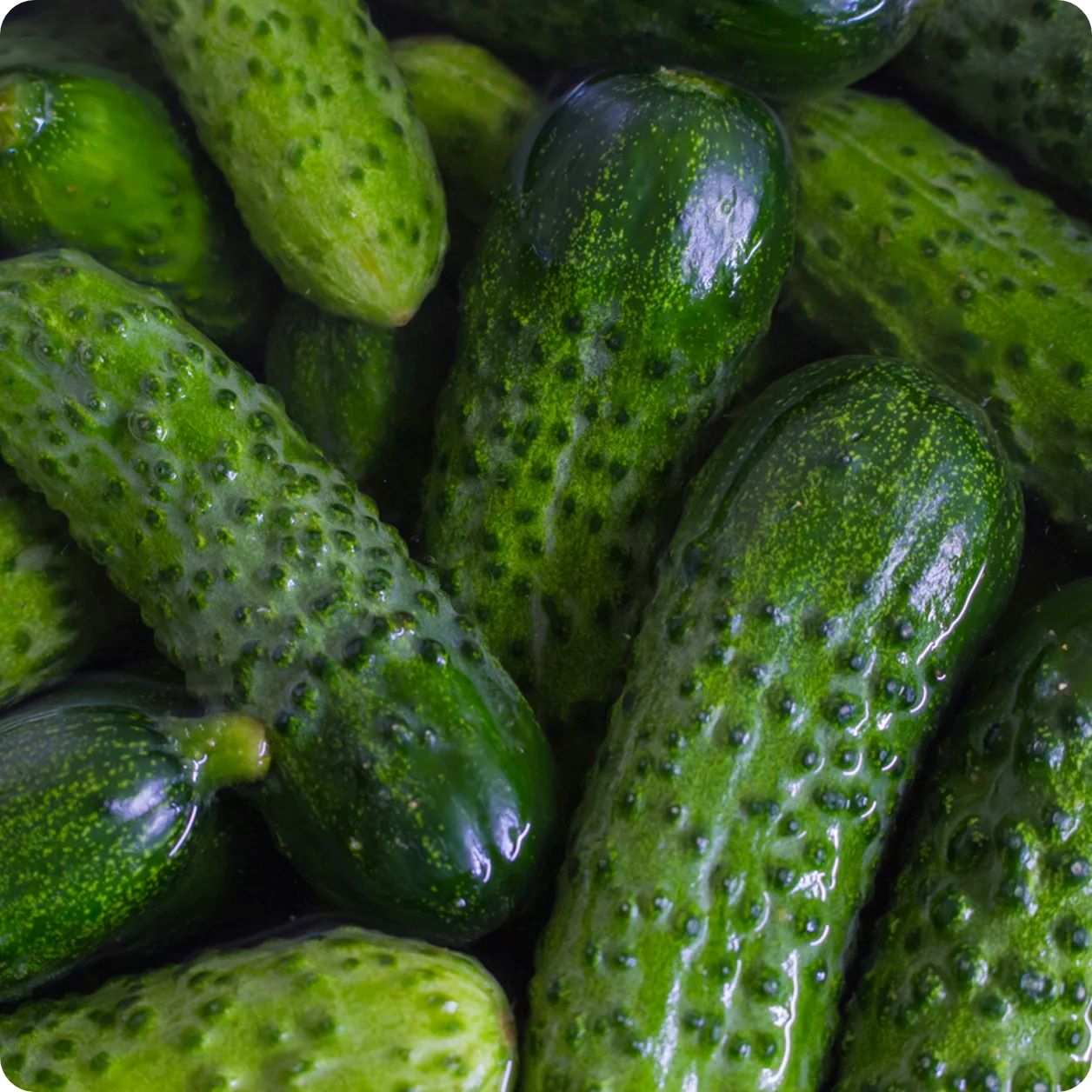
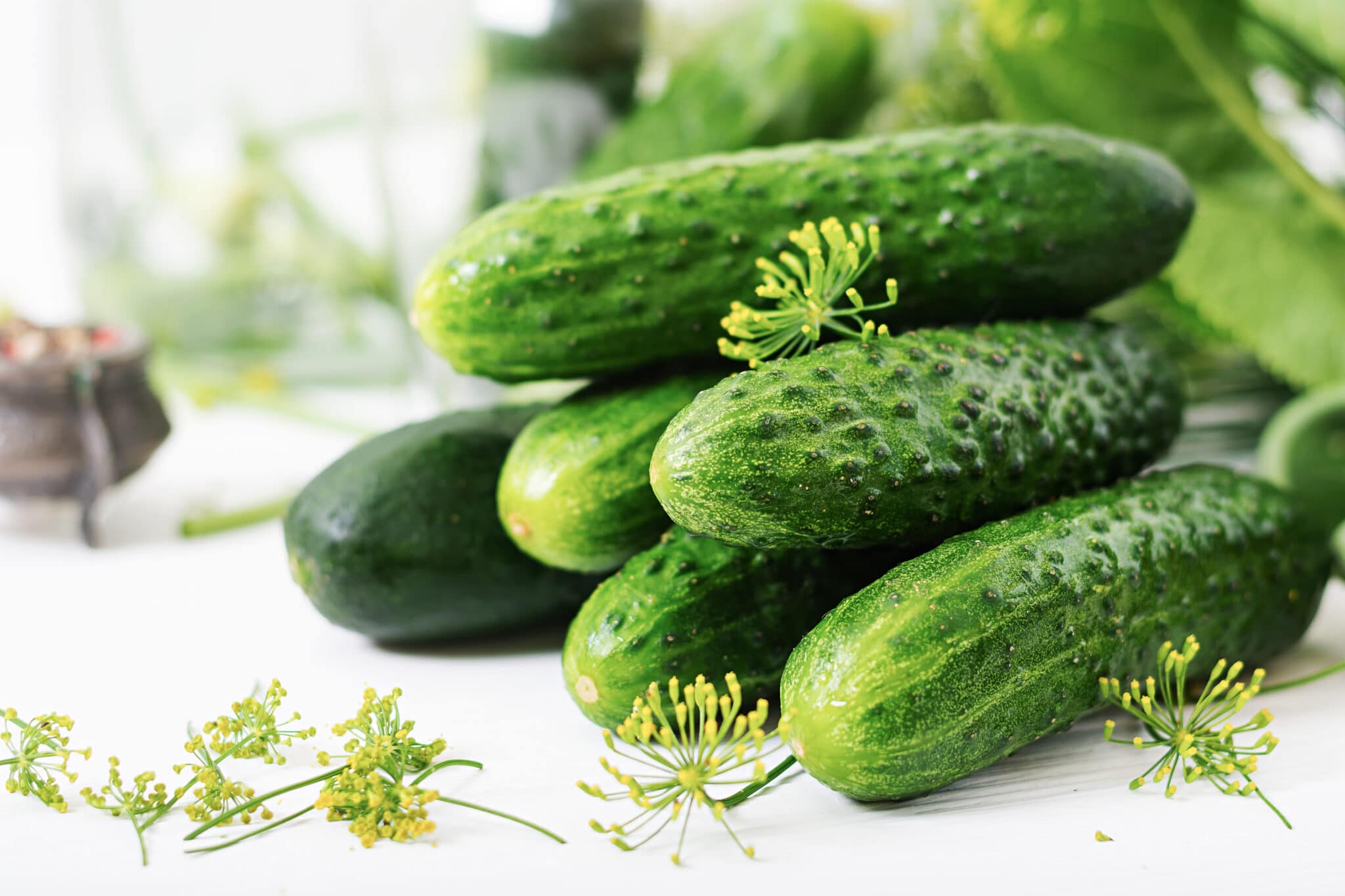

0 thoughts on “How To Store A Cucumber”